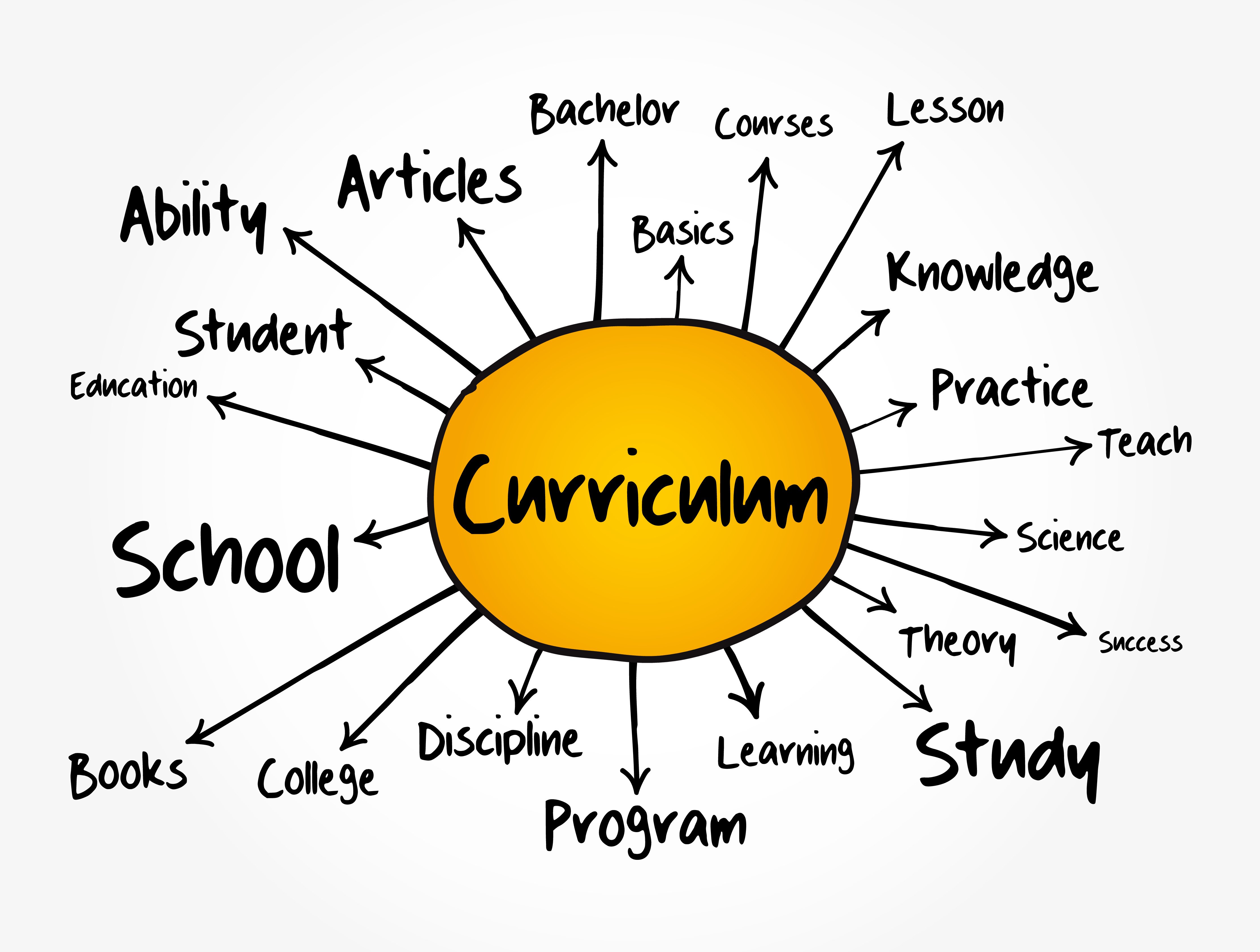Inside Integrated Curriculum
An Accurate View of Integrated Curriculum in a 2024 Classroom
How can curriculum integration be used to motivate students and incorporate standards more efficiently?
Diving into classrooms post-Covid, discussing what truly motivates students, and how integrated curriculum impacts teachers and students.
__________________________________________________________________
Let's start with the basics.. What is Curriculum?
Curriculum is the information that teachers are expected to teach, and students are expected to learn. It is most commonly laid out into standards that are organised and planned to follow a sequence. Over the years, curriculum has changed based on the needs of students and evolving technology.

Integrating curriculum between subject areas has become the norm in public schools. "Wilson (2020) explains that curriculum integration takes time and a willingness to learn something about other’s disciplines. It enables educators to fully understand new perspectives and latch onto the available possibilities for interesting fusions." To go along the information of integrating curriculum, there are several pros and cons that Wilson mentions:
When focusing on the pros, we can conclude that this way of teaching is more efficient. I believe the cons can be worked through and solved in order to create comprehensive lessons.
Student motivation in the classroom has significantly changed post-Covid. As a teacher, I see this struggle daily. How we motivate our students will affect how they work and what outcome we will get. There are 2 main types of motivation: Intrinsic and extrinsic.

Ultimately, students working towards intrinsic motivation is our goal. When a student finds themselves being motivated with confidence and a purpose, they will be learning for themselves and not their teacher.
Now... How does student motivation relate to integrated curriculum?
Because integrated curriculum encompasses several subjects, it is more likely to catch students' attention. For example, if a first grade teacher is teaching a science lesson over pumpkins and how they grow, the teacher can transfer that topic to math by using pumpkin seeds as counters. For art, they could decorate pumpkins, and then write a story for ELAR. Students become invested when the lesson is engaging. A curriculum-integrated lesson can be just that. If you are curious on how to get started, I recommend watching the video below.
How do I Integrate subjects in my classroom?
Integrating curriculum is a process that takes practice and planning. When done effectively, it can increase student motivation and improve student understanding.
References
YouTube. (n.d.). YouTube. https://www.youtube.com/watch?v=-GyGLQGdTYQ
Curriculum Theory and Practice. Blogger. (n.d.). https://www.blogger.com/blog/post/edit/4349117623453038379/7826244948197019335#
Button, L. (n.d.). Curriculum integration. Curriculum Essentials A Journey. https://oer.pressbooks.pub/curriculumessentials/chapter/curriculum-integration/
Kendra Cherry, Mse. (2023, December 13). Extrinsic vs. intrinsic motivation: What’s the difference? Verywell Mind. https://www.verywellmind.com/differences-between-extrinsic-and-intrinsic-motivation-2795384

Comments
Post a Comment